|
|
A pillar page is the foundation of any topic cluster strategy. It serves as a comprehensive resource on a broad topic, offering an in-depth overview while linking to related cluster pages that expand on specific aspects. A well-crafted pillar page is informative, evergreen, and strategically structured to act as the central hub for its subtopics.
For example, a business in the digital marketing industry might create a pillar page titled “The Ultimate Guide to SEO”. This page would provide a broad overview of SEO principles while linking to supporting cluster pages on keyword research, on-page SEO, technical SEO, link building, and content marketing strategies. This structure not only enhances user experience but also ensures search engines recognize the relationships between these topics.
The supporting cluster pages dive deeper into specific subtopics, ensuring high content relevance and targeting long-tail keywords. Each cluster page should link back to the pillar page, reinforcing the hierarchical structure of content while improving internal navigation. By strategically interlinking these pages, businesses can increase dwell time, enhance page authority, and create a clear path for users to explore related topics.
At WiFi Digital, we work with businesses to develop high-performing pillar pages and topic clusters that align with industry trends, audience needs, and SEO best practices. Our focus is on creating a seamless content journey that builds credibility, strengthens rankings, and delivers long-term value.
Optimizing Content Clusters for Search Intent and Engagement
A successful topic cluster strategy goes beyond linking pages together—it requires a deep understanding of search intent, keyword targeting, and user behavior. Every piece of content within a cluster must align with what users are actively searching for and provide actionable insights that keep them engaged.
One of the key elements of content optimization is keyword mapping, where pillar pages target broad, high-competition keywords, while cluster pages focus on specific, long-tail variations. This ensures that content covers a wide range of search queries without overlapping or competing against itself. Tools like Google Search Console, Semrush, and Ahrefs provide valuable insights into which topics users are searching for and how they interact with existing content.
Additionally, content should be structured for maximum readability and engagement. Breaking up text with subheadings, bullet points, visuals, and interactive elements improves user experience while making information easier to digest. Using internal linking strategically also encourages readers to explore additional pages, increasing the likelihood of conversions and deeper brand engagement.
Another important aspect of topic clusters is content updates and refinement. SEO is not static—search trends evolve, and businesses must continually refresh their content to stay competitive. By regularly updating pillar pages and expanding cluster content, businesses can maintain search relevance and long-term authority.
At WiFi Digital, we implement advanced content optimization techniques to ensure topic clusters are aligned with user intent, search algorithms, and industry trends. Our approach focuses on creating high-value content that resonates with both users and search engines, maximizing the impact of every piece.
Maximizing SEO Impact with Strategic Internal Linking
Internal linking is the glue that holds a topic cluster strategy together. When done correctly, internal links create logical content pathways, making it easier for search engines to crawl and users to navigate. A well-executed linking strategy boosts SEO rankings, enhances content discoverability, and improves user experience.
One of the most effective linking techniques is contextual linking, where relevant keywords within content are hyperlinked to related pages. This approach not only reinforces content relationships but also distributes SEO authority across the site. For example, in an article about content marketing, linking to a supporting page on blog writing best practices signals strong topical relevance to search engines.
Another key aspect of internal linking is creating a logical site hierarchy. Businesses should prioritize linking from high-authority pages (like pillar pages) to cluster pages, ensuring a clear, structured flow of information. Additionally, broken link audits and regular maintenance help keep content pathways functional and optimized.
At WiFi Digital, we specialize in SEO-driven internal linking strategies that enhance search visibility and user engagement. Our expertise in site structure and link optimization ensures that businesses fully capitalize on the power of topic clusters to dominate search rankings and improve content discoverability.
A well-executed topic cluster strategy is one of the most effective ways to build search authority, improve site structure, and enhance user experience. By organizing content into pillar pages and interconnected cluster pages, businesses can create a powerful SEO framework that aligns with Google’s evolving ranking algorithms.
The benefits of structured content organization go beyond rankings. Users benefit from intuitive navigation, valuable resources, and interconnected information, increasing engagement and trust. Additionally, businesses that leverage data-driven keyword strategies and strategic internal linking can establish themselves as industry leaders in their niche.
At WiFi Digital, we help businesses build and optimize topic cluster strategies that drive sustainable organic traffic, strengthen search rankings, and improve audience engagement. Whether you’re looking to refine existing content or develop a comprehensive SEO content strategy, our expertise ensures long-term digital success.
🚀 Ready to take your SEO to the next level? Contact WiFi Digital today and start building a topic cluster strategy that delivers real results!
WiFi Digital: Connecting Businesses to the Digital Future
In today’s fast-paced world, where a strong digital presence is essential for business growth, WiFi Digital emerges as a strategic partner for small and medium-sized businesses (SMBs). Founded in 2023 and based in London, Ontario, the company has a clear mission: to provide affordable, high-quality solutions that help businesses thrive online. With an experienced and passionate team, WiFi Digital goes beyond simply creating websites and marketing strategies. Its purpose is to empower entrepreneurs, strengthen brands, and give clients more free time to focus on what truly matters – growing their business and improving their quality of life.
WiFi Digital develops websites that authentically and professionally represent your brand, optimizes systems and digital marketing strategies to enhance visibility and return on investment (ROI), and offers affordable, customized solutions, ensuring that businesses of all sizes have access to effective growth tools. With transparency, partnership, and innovation, the company provides each client with the necessary support to achieve real results.
Business digitalization is not just about numbers or metrics. It directly impacts entrepreneurs’ well-being, bringing more organization, efficiency, and freedom to focus on what truly matters. WiFi Digital understands that by investing in digital solutions, businesses gain time, reduce operational stress, and create opportunities to connect better with their customers. A well-structured online presence not only increases sales but also strengthens the public’s trust in the brand.
Beyond technical expertise, WiFi Digital’s key differentiator is its commitment to people. The company values genuine relationships, creates tailored strategies, and works side by side with clients to ensure that every solution meets their specific needs. If you’re looking to boost your brand, attract more customers, and still have more time to focus on what truly matters, now is the time to act!
💡 Transform your digital presence with experts who understand your needs.
📩 Contact us now: contact@wifidigital.ca
🌍 Learn more: www.wifidigital.ca
🚀 Your growth starts here!




